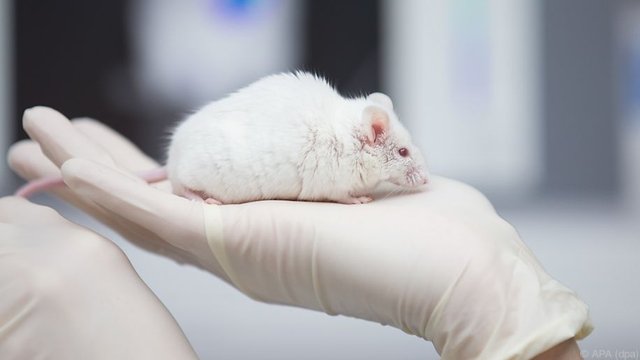Swiss researchers have for the first time observed how stem cells in the adult brain of mice divide and grow new nerve cells. The study provides new insights into stem cell research and raises hope for new therapies.

Neuroscience has long assumed that nerve cells form only during embryonic development. Today we know that stem cells can also generate new nerve cells in the human brain over the entire lifespan. This happens among others in the hippocampus, a brain area that is important for learning, for example.
Direct observation in the hippocampus
Researchers at the University of Zurich have now for the first time observed the division of stem cells and the formation of new nerve cells directly in the hippocampus of adult mice. The scientists around Sebastian Jessberger from the Institute of Brain Research used state-of-the-art microscopy and genetic marking of stem cells. For months, they were able to experience how nerve cells divide and mature, as the University of Zurich announced. The researchers reported on their findings in the journal "Science".
Most stem cells divide only a few times before they differentiate into nerve cells. This may explain why the number of newly formed nerve cells decreases dramatically in old age.
"In the past, it seemed technically impossible to observe individual stem cells directly in the brain over a long period of time because the hippocampus is located deep in the brain," Jessberger was quoted in the message. The breakthrough was only possible because his team was able to count on close collaboration with researchers in other areas.
Cooperation as a key
"We were very lucky that researchers like Fritjof Helmchen from the Institute of Brain Research and David Jörg and Benjamin Simons from the University of Cambridge contributed their expertise - especially in imaging and theoretical stem cell modeling," says Jessberger. This cooperation has enabled the data to be collected and understood.
The study answers longstanding questions in stem cell research. At the same time, further experiments were necessary to understand the new formation of nerve cells in all their details, it was said. There is hope that future stem cells will be used to repair the brain. This could be a therapeutic approach to diseases such as Parkinson's, Alzheimer's, depression or cognitive aging.